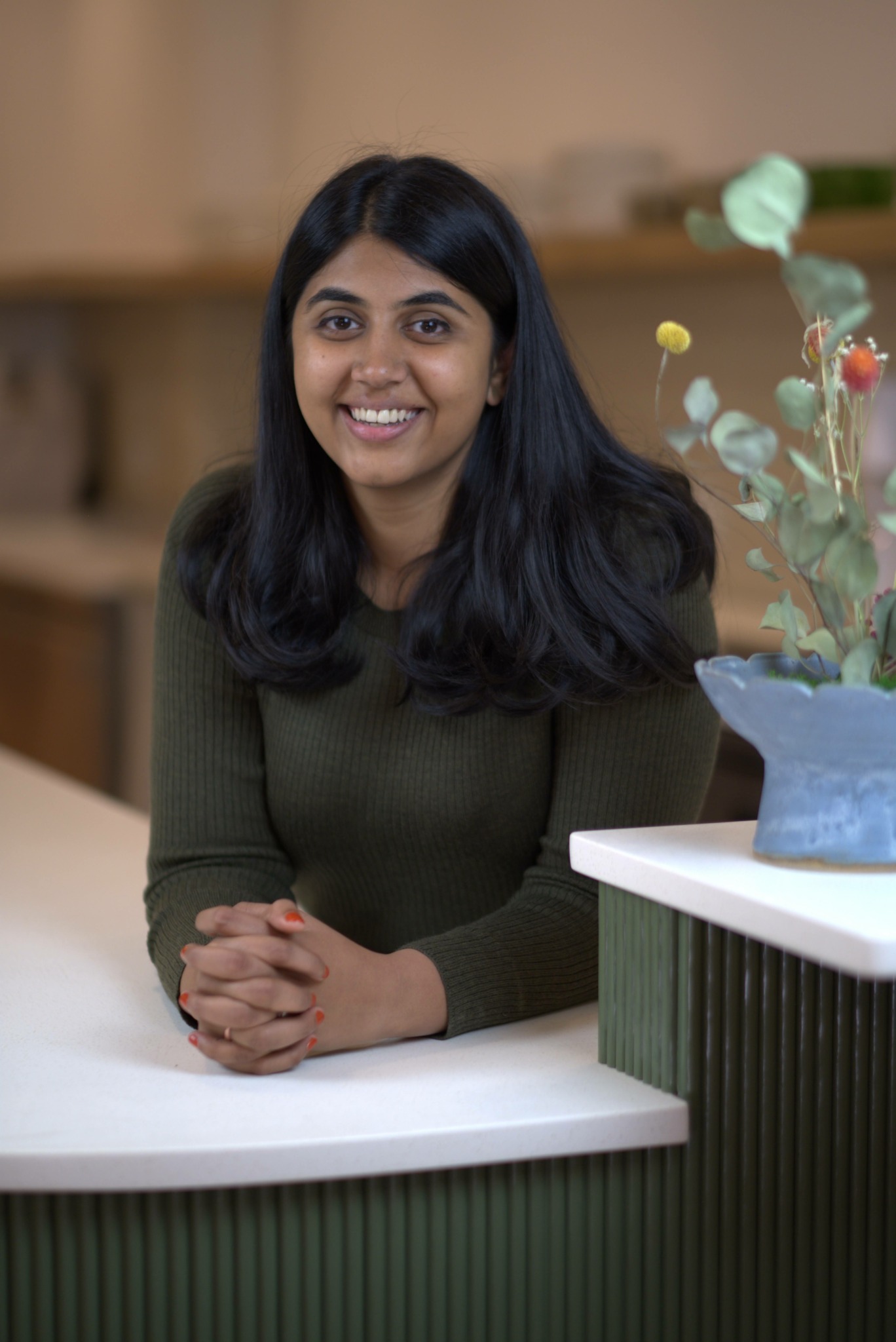We’re excited to introduce you to the always interesting and insightful Ashika. We hope you’ll enjoy our conversation with Ashika below.
Hi Ashika, thanks for joining us today. Naming anything – including a business – is so hard. Right? What’s the story behind how you came up with the name of your brand?
For us, the name DotOBJ carries both personal and conceptual meaning.
As interior designers, we’re constantly thinking about how objects shape experiences – whether we’re selecting them, designing them, or arranging them within a space. Over time, the space itself becomes an object too: one that’s shaped, inhabited, and deeply felt. That transformation, from idea to experience, is what drives our work.
My best friend and I were graduating from our master’s program right in the middle of the COVID lockdowns. We had all this creative energy but nowhere to channel it, so we started dreaming, brainstorming, and kept coming back to the word objects.
At the time, I was working at the 3D printing and digital fabrication lab on campus – one of the last jobs I had before everything shut down. As an interior design student, I was fascinated by how students from other departments used the lab to bring their ideas to life in physical form. That left a lasting impression on me.
Inspired by the .obj file extension – a fundamental part of digital fabrication that marks a 3D object ready to be rendered – DotOBJ felt like the perfect name. It reflects our core mission: transforming creative visions into reality by bridging the digital and the physical. Interior spaces often start as 2D plans, but they evolve into 3D experiences filled with meaning, light, material, and objects. For us, DotOBJ is about designing with intention, telling compelling stories through space, and bringing precision, purpose, and personality into everything we create.
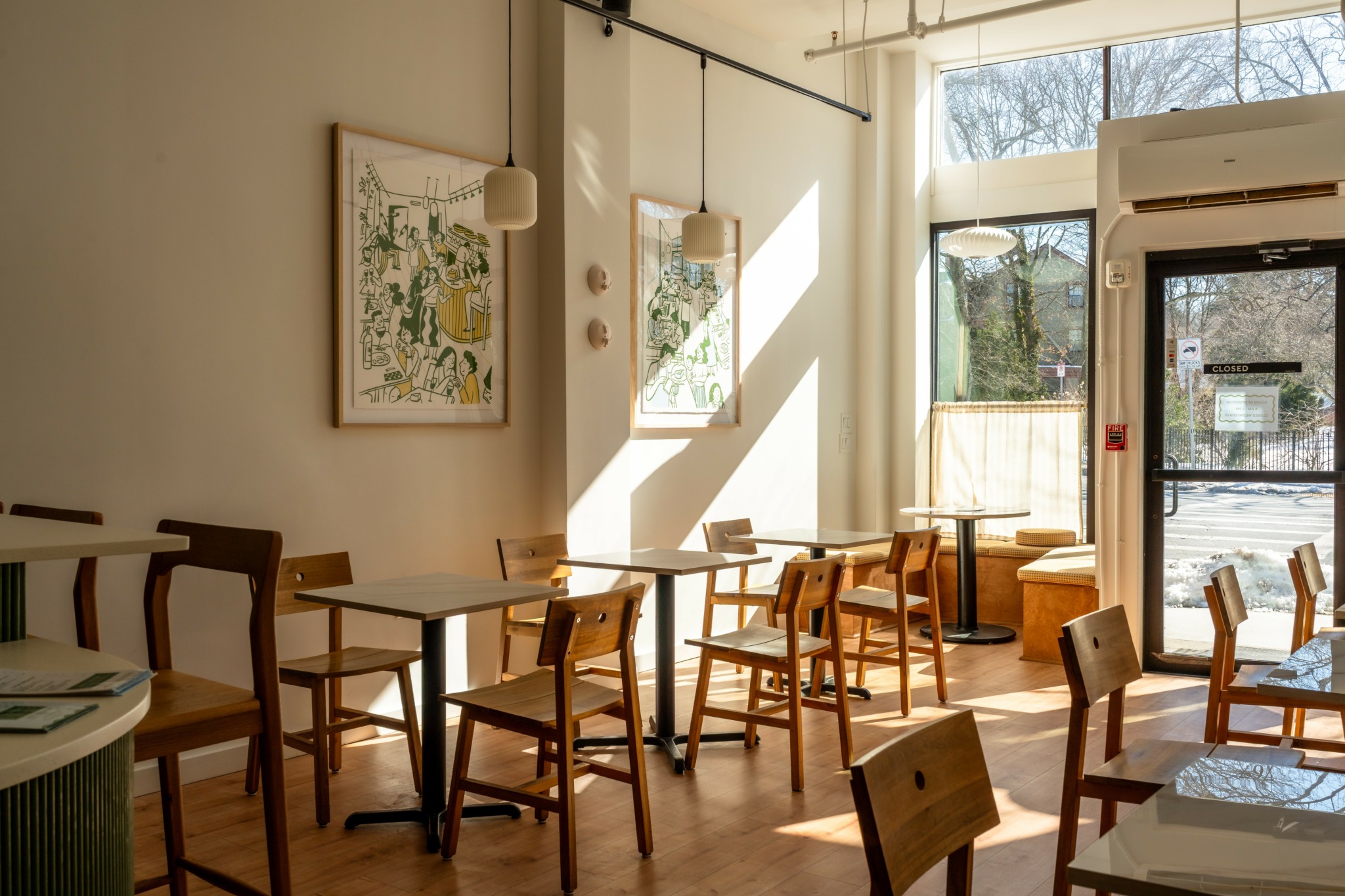
Awesome – so before we get into the rest of our questions, can you briefly introduce yourself to our readers.
I grew up in Chennai, in the south of India, in a culture where academic success often meant becoming a doctor or engineer. For a while, I followed that track – I even considered Medicine being my future, but I always knew deep down that it wasn’t my path. Much of my life has been shaped by a process of elimination: figuring out what didn’t bring me joy, so I could find what did. What consistently excited me was creativity, storytelling, and spaces that made people feel something.
My father, around that same time, left a secure corporate job to start his own business and began working closely with architects and interior designers to develop his properties. Watching him build something from scratch and seeing the design world up close sparked something in me. When my best friend also expressed an interest in architecture, it felt like the universe had quietly handed us a direction, and we ran with it.
I studied architecture for my undergraduate degree, and while I gained so much from that experience, I realized over time that my heart was in interiors. I loved how interiors allowed for more intimate storytelling. I found myself deeply moved by the way people live – their habits, rituals, memories—and how design could reflect and enhance all of that. After college, I co-founded a nonprofit initiative focused on documenting the architecture of Chennai. That experience expanded my interest in how design intersects with everyday life, cities, and culture.
Like many people around the world, I grew up watching F.R.I.E.N.D.S and imagined my life in New York City being just like Monica and Rachel’s—filled with friends, stories, and that iconic apartment. So, when I decided to pursue my master’s in Interior Design at Pratt Institute, it felt like stepping into a dream. The most pivotal project I worked on there explored the intersection of exterior environments with interior conditions, and that duality has remained central to my practice ever since.
After graduating, as all immigrants do, I followed the “safe” path—got a job, lost that job, doubted myself, and then finally remembered why I came here in the first place. That’s when I founded DotOBJ.
DotOBJ is more than a design studio—it’s a belief system. Inspired by the .obj file extension used in digital fabrication, it represents something that’s ready to be brought to life. That’s exactly what we do: turn ideas into environments that are deeply personal and alive. We specialize in interior design that is narrative-driven and emotionally resonant. We help our clients see the potential in their spaces and in themselves—reframing design not as a luxury, but as something deeply accessible, collaborative, and empowering.
We solve the problem of people underestimating their environments. Whether it’s a home, a retail space, or something in between, we create spaces that reflect who people are and what they value. No idea is too small or too “out there.” We believe every corner of a space can be meaningful.
What sets us apart is our empathy, our story-first approach, and our ability to bridge digital precision with human warmth. We bring personality into our work—ours, and most importantly, yours.
What I’m most proud of is staying true to the version of design that made me fall in love with it as a teenager, designing my childhood bedroom. I want people to feel that same sense of ownership, belonging, and joy in the spaces we create together. Because when a space feels like you, everything changes!

Is there a particular goal or mission driving your creative journey?
At the heart of my creative journey is a personal mission: to connect with women who have taken bold chances on themselves – women who are challenging norms, building something meaningful, and shaping a better world. I’m deeply inspired by their courage and creativity, and I want to learn from them and alongside them by designing the spaces they inhabit.
I’m especially curious about their histories – the spaces they’ve lived in before, how those environments shaped them, and the ones they now envision for themselves and their future. What objects do they surround themselves with? What brings them joy, comfort, and a sense of belonging?
My goal is to help bring their stories to life through design – to create environments that reflect their journeys, values, and aspirations. I’m especially excited by the women I haven’t met yet—the ones whose paths will cross mine in the future. Through collaboration, conversation, and creativity, I hope to craft spaces that not only support their lives but also amplify their voices. For me, design is not just about aesthetics – it’s about storytelling, empowerment, and shared transformation.

Do you think there is something that non-creatives might struggle to understand about your journey as a creative? Maybe you can shed some light?
One thing I think non-creatives might struggle to understand is that the creative journey often looks messy from the outside – and sometimes even from the inside. It doesn’t follow a straight path or a fixed timeline. There are moments of deep doubt, unconventional choices, and long stretches where it feels like you’re building something invisible. But that doesn’t mean we’re lost – it means we’re experimenting, refining, and trying to bring something intangible into form.
There’s also this misconception that creativity is just about aesthetics or making things look “nice.” But for many of us, it’s an act of problem-solving, emotional labor, and intuition. As a designer, I’m constantly thinking about how people live, feel, heal, and grow in the spaces around them. It’s incredibly personal work – even when it’s for someone else.
What’s often unseen is how much heart goes into it. How much listening, observing, and care. And how vulnerable it can be to share your ideas with the world, not knowing how they’ll be received.
But if there’s one insight I’d share, it’s this: creativity isn’t magic – it’s commitment. It’s showing up every day with curiosity, resilience, and a desire to make meaning. You don’t have to be a designer or artist to live creatively – you just have to stay open to the possibility that your life, like a space, can be shaped intentionally.
Contact Info:
- Website: https://www.objdesignstudio.com
- Instagram: https://www.instagram.com/dotobjdesignstudio/
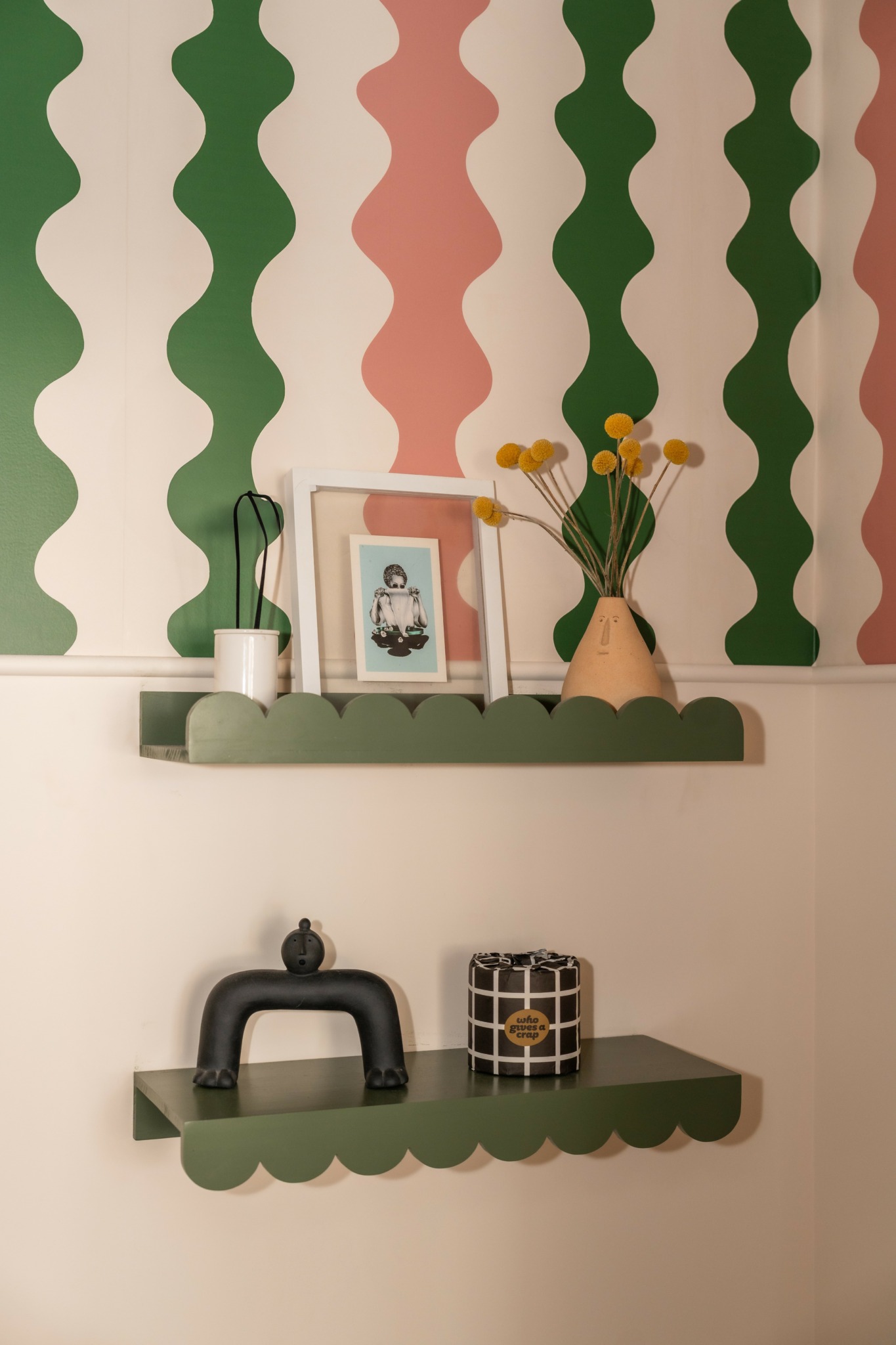
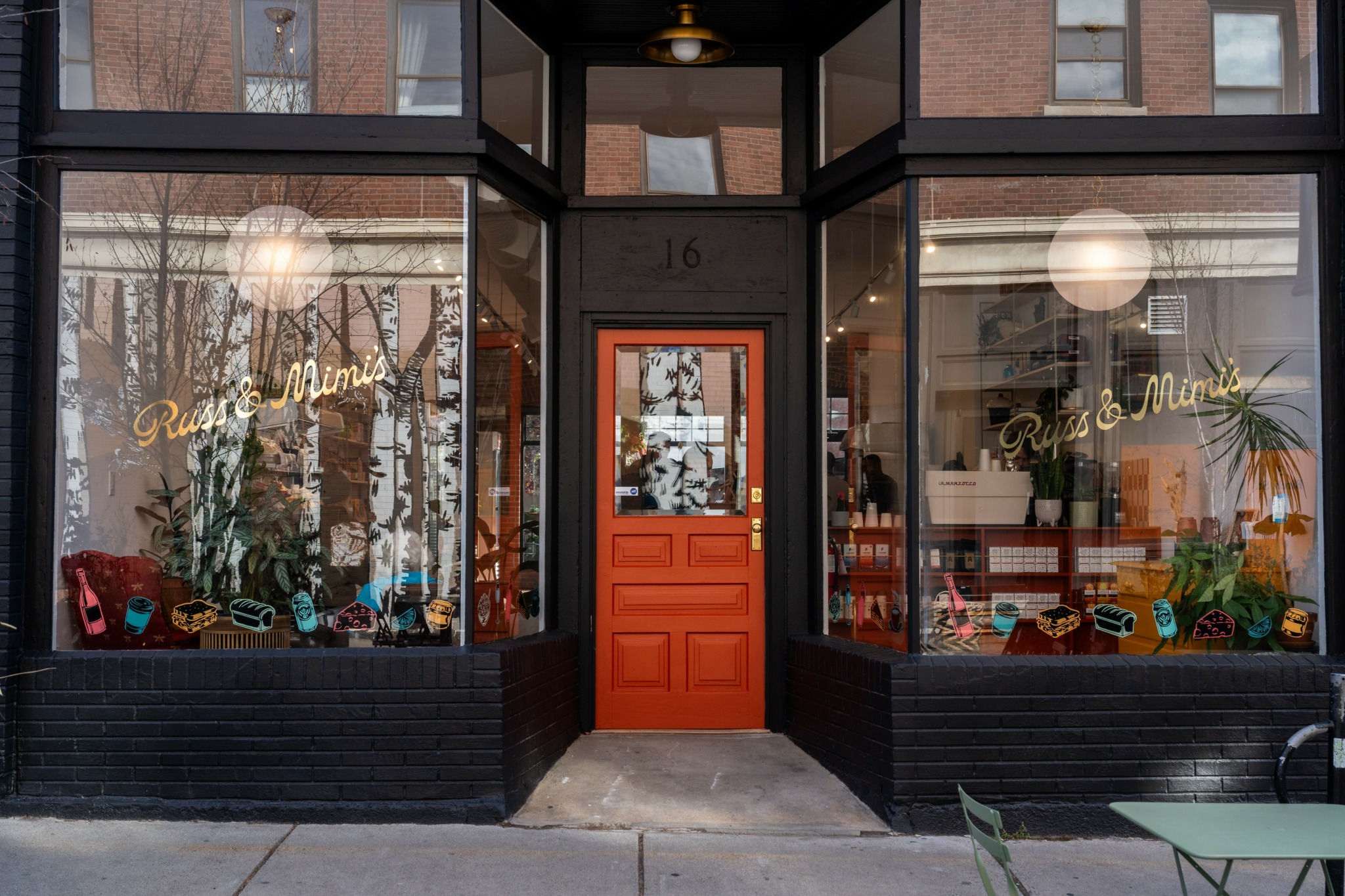
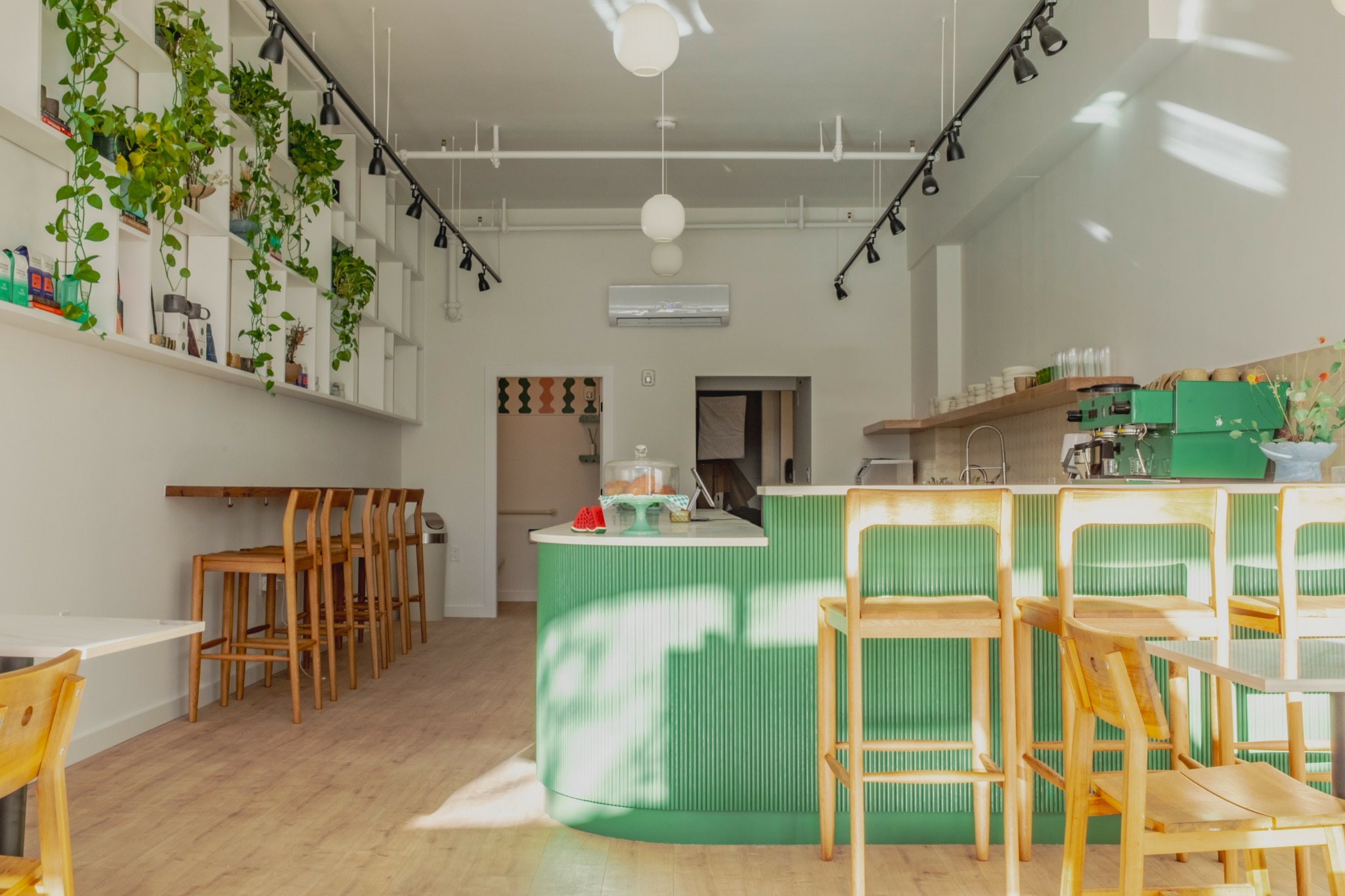
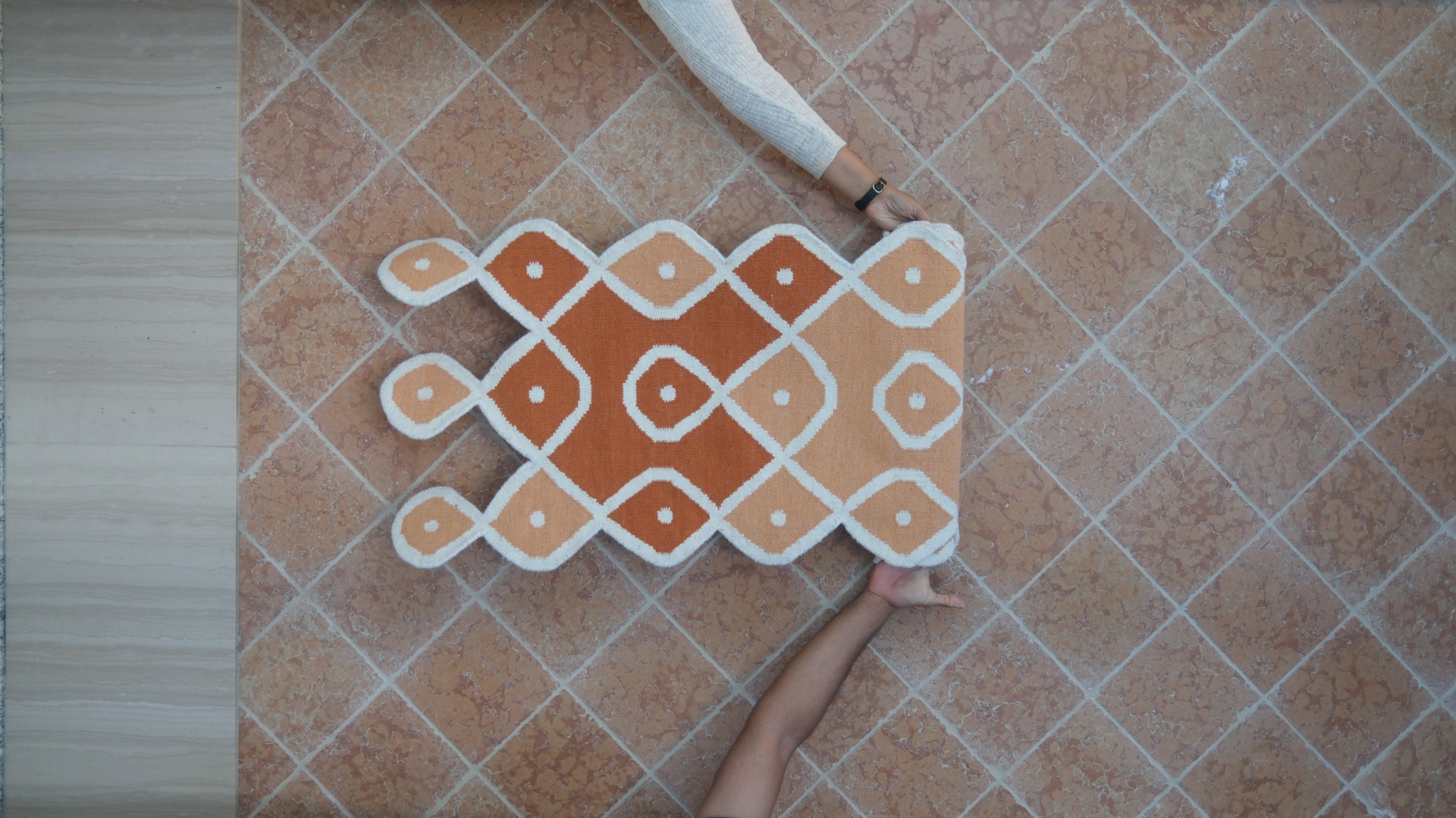

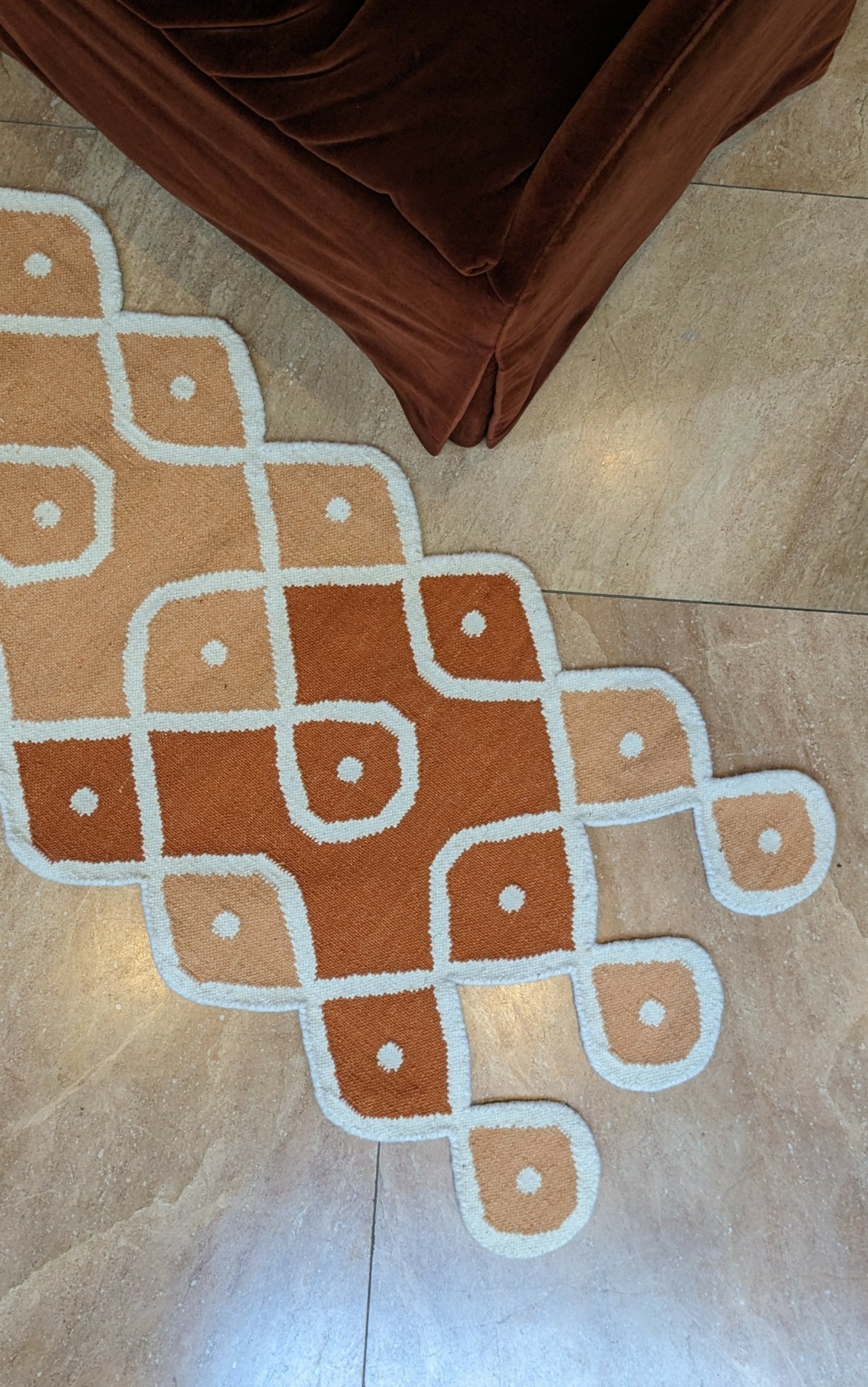
Image Credits
JADU, Boston
Russ & Mimi’s
Rich Le (Photographer)
J-M Leach (Photographer)


